Recycling is based mainly on the variety of the materials that can be reused. The needs that led to the development of recycling were due to lack of space in dumps were garbage ended up. As population increased, consumption and garbage increased too. At this rate, the dumps would overflow. The materials that can be processed and reused are sorted out, collected and form a raw material for recycled products.
It has been found that recycling materials saves the planet from the extinction of stocks of non-renewable raw materials.
In the case of paper, where the raw material is wood and therefore trees, which are a renewable source of raw materials, recycling is benefactor.
The use of paper and board has become so widespread that if there was no recycling, there would be a real problem of forests’ depletion.
An additional benefit of the recycling industry is the many new jobs created and new technological and scientific disciplines that have been developed in the professional and educational field.
Paper Industry offers many jobs and gives a breath in unemployment which humbles man. Also, it is a promising and safe investment for new entrepreneurs.
Thanks to the spread of recycling, science has come a long way in this field and has studied the properties of paper to invent cheaper and more environmentally friendly recycling ways.
Therefore, the vital and environmental benefits of recycling are:
- Reduction of the used pure raw material
- Space and lifespan increase of dumps
- New jobs and investment opportunities
- Reduction of energy consumption, water consumption and environmental pollution
- New stimuli for the youth
- In addition, the recycling of a paper saves 15-20 trees, 30 cubic meters of water, hundreds of kilowatt-hours of electrical energy and about 230 kg of oil equivalent.
- Furthermore, recycling helps to reduce municipal waste to be collected by Municipalities and increasingly scarce Sanitary Landfills
Recycling Environmental Benefits:

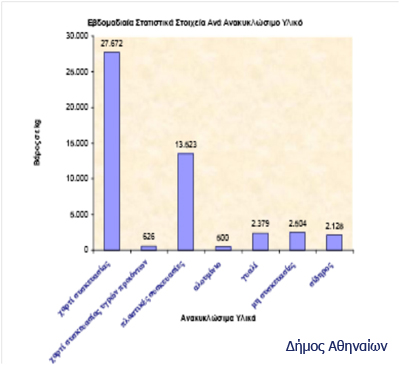
Unfortunately, paper cannot be recycled indefinitely. The paper’s fibers by this process, again and again, gradually lose their shape and firmness of the ties holding them, so they dissolve and crumble. A quantity of paper can be recycled approximately 5-6 times. Only by recycling disposable paper would diminish by 20% every time recycled, until after recycling 5 times it would dissolve entirely. This involves fresh fibers supply to replace every time the crumbled ones. Furthermore, we cannot recycle all kinds of paper.
Paper that has been combined with other materials, e.g. aluminum, plastic, cannot be separated and recycled. Paper that has been used for food packaging is not recyclable because food substances that come into contact with the paper make fibers unsuitable for recycling. Paper used for books, artworks, for accounting and other official documents, is not recycled because they are cultural reasons. Toilet paper, paper towels, napkins and handkerchiefs are not recycled after use but end up in the trash immediately. Cigarette papers are burned and other papers are used permanently as for construction purposes, for wall-papers, for medical and other scientific uses, etc. The percentage of these not recyclable papers is estimated at 18-20% of the total.
Enough of the paper quality is lost by recycling. Due to the nature of the processing applied to the paper, the optical properties and rigidity deteriorate and fibers become shorter, thinner and less rigid. This affects the resistance of the new finished product end especially in packaging materials and tissue papers. We cannot produce premium quality paper only from 100% recycled paper. Usually from 100% recycled paper we produce newspapers, packaging paper, Kraft board etc. Paper that should be of good quality can only be produced from new pulp rather than recycled.
If we did not recycle paper…
Paper consumption at the beginning of the century (1915) was only 5,000,000 tons for the entire planet.
Today, annual consumption is 40 times higher, exceeding 200,000,000 tons per year.
Paper is a natural product. But its production and overconsumption costs to the environment.
There are many activities that harm the environment throughout the life of paper (Paper Life Cycle); from the moment that a crop is planted or a forest is cut until it is converted into paper, reaching the consumer’s hands and becoming unusable.
Paper recycling is a process that, if is done correctly, can be cost-effective, environmentally friendly and give good quality recycled paper.
Only then can we say that a paper recycling programme works properly and is effective.
Only then can we say that a paper recycling programme works properly and is effective. Important ecosystems are threatened by paper consumption. Many of us use huge paper quantities on a daily basis (e.g. kitchen paper roll, napkins and handkerchiefs, paper for photocopying and advertising, paper for magazines and newspapers, paper for coffee filters and workbooks, cardboard boxes and wrapping paper).
From the bathroom to the kitchen and the office to trade, paper consumption rises sharply.
Actually there are two main problems:
- the clearing of the original forests in order to plant artificial crops in their place, and
- the replacement of the real forest with clusters consisting of one tree type.
The intensive cultivation of crops, which grow very quickly under the care of chemical fertilizers and pesticides, is the paper industry’s answer to these problems. Trees are cut when the maximum of their development is completed, usually in less than 80 years. This period is short compared to the time needed for a real forest to be grown completely.
Single-crop farming contributed to organic poverty: indigenous plants are treated as weeds, animals as enemies. Heavy machines compress and harden the ground. Springs, rivers or streams emanating from forests are at risk of pollution due to the use of pesticides and nitrate fertilizers. Rare species and unexplored relationships are lost forever along with the exceptional ecosystem. Rare species, often important for humans, cannot survive without the forest.
The “problem” is that the trees dying in the forests occupy useless space and complicate the movement of lumberjacks and the perception of companies and government services is wrong. Dead trees are important for the ecosystem because they provide recycling nutrients necessary for the growth of new trees. At the same time, they are shelter for a huge number of species of the forest.
The presence of fallen trees in streams and rivers slows down the water flow and creates small ponds where many life forms survive. In Canada, for example, these ponds ensure the presence of salmon and other species. When areas are disafforested, industry is required by law to leave intact trees with fungal populations threatened with extinction, but when the forest around them vanishes there is little chance to survive. The environmental damage does not stop with the cutting of trees.
Industry must process the cut logs in order to make paper. Processing often causes significant pollution and many industries throw waste containing a set of organochlorinated compounds in aquatic ecosystems. Dioxin, one of the most dangerous substances, is inside these wastes.
Sweden and Norway, for example, have precluded chlorine and use chlorine dioxide. Even this chemical for paper bleach has a great responsibility for pollution with organochlorinated compounds and also consumes large amounts of oxygen. The only environmentally accepted solution is the use of oxygen paper bleach or, even better, the use of not bleached paper. The rainforest being cut does not grow back. Even forests replaced by artificial crops lose their biodiversity.
Single-crop farming depletes soils and it has not been proved that plantations are a stable ecosystem in the long term. In fact, many studies indicate the risk of not being able to meet the needs of timber relying only on single-crop farming. The waste of paper exercises excessive pressure on Earth forests.
If we reduce unnecessary paper consumption, if we improve paper recycling programmes, we can ease the pressure on forests. This will enable the proper environmentally integrated forest management. Perhaps society accepts the “comfort” of paper waste, leading to large-scale ecosystem destruction.

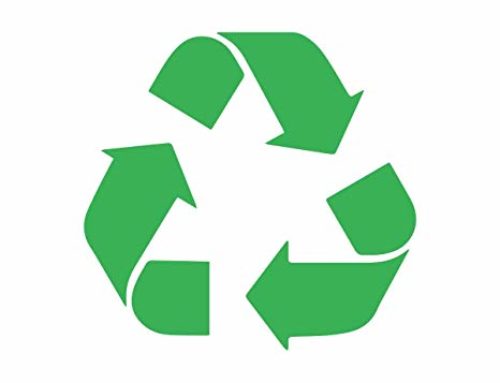
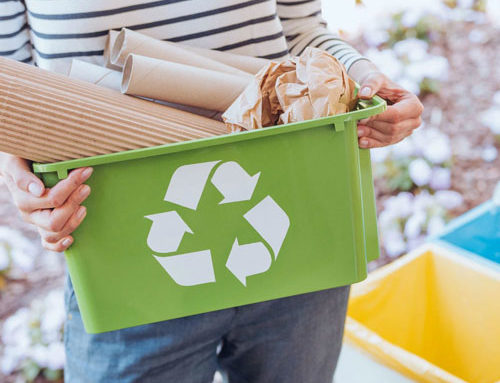
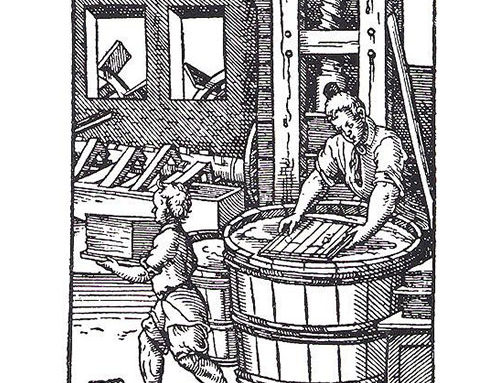
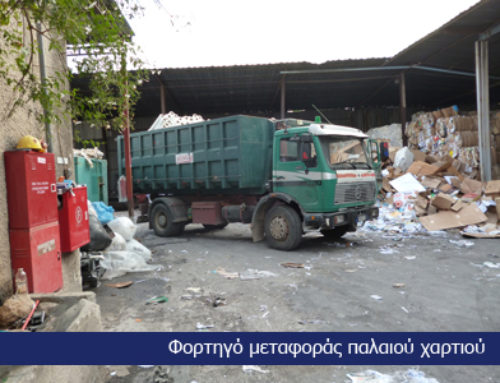
Leave A Comment